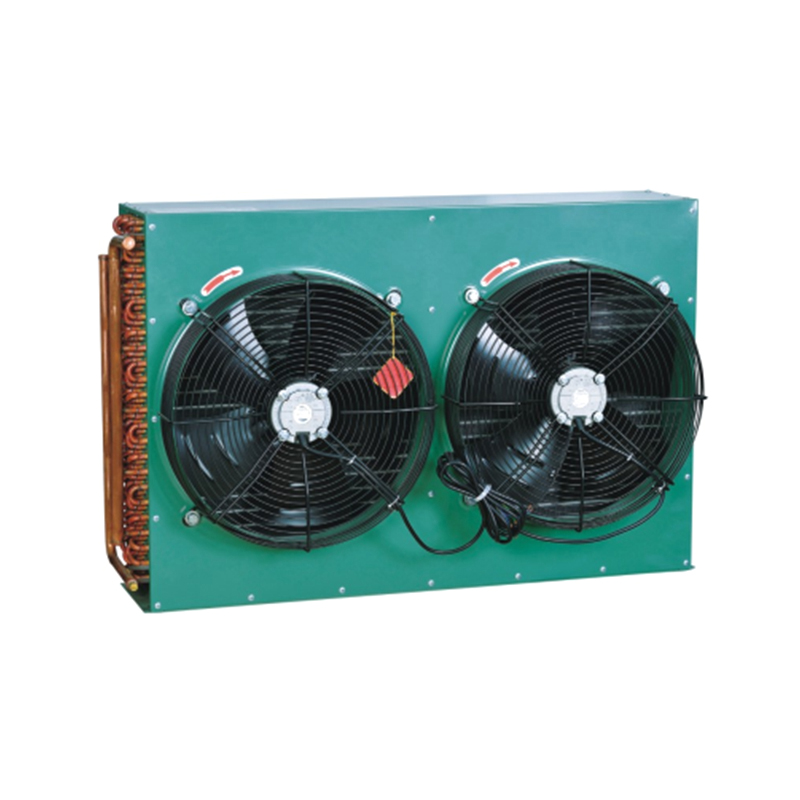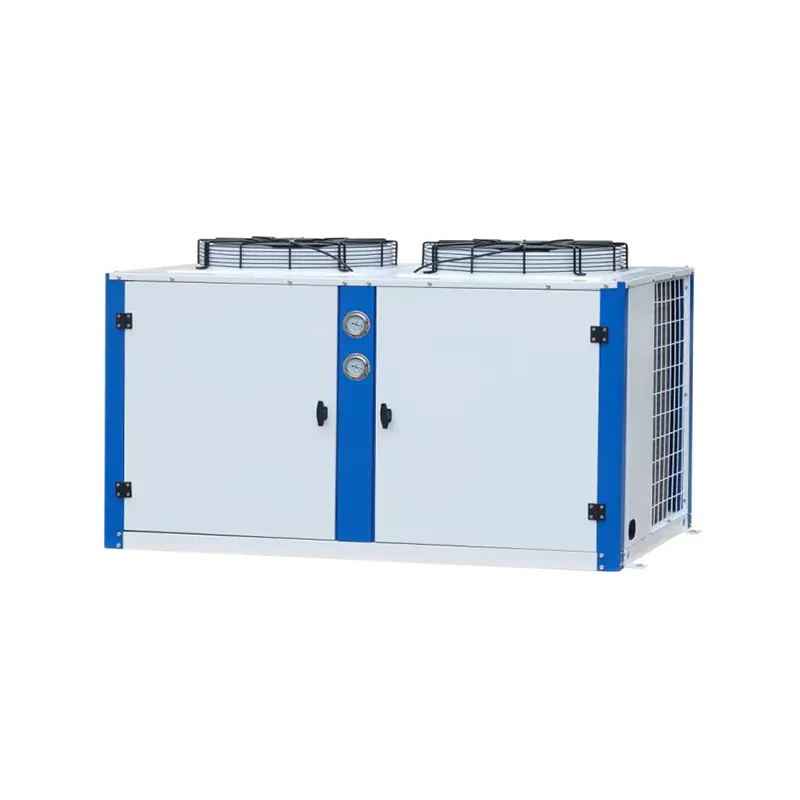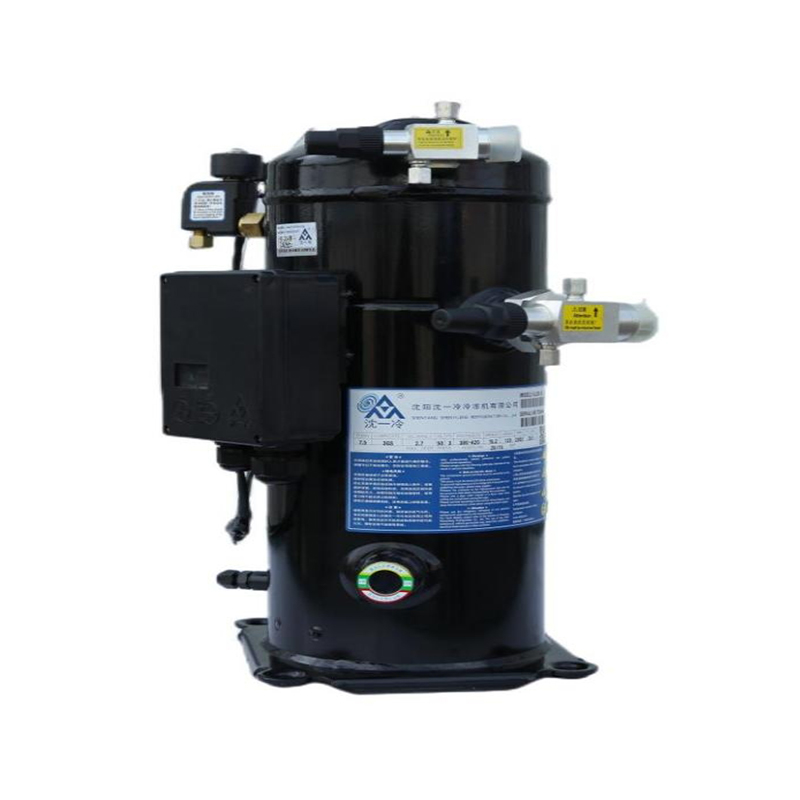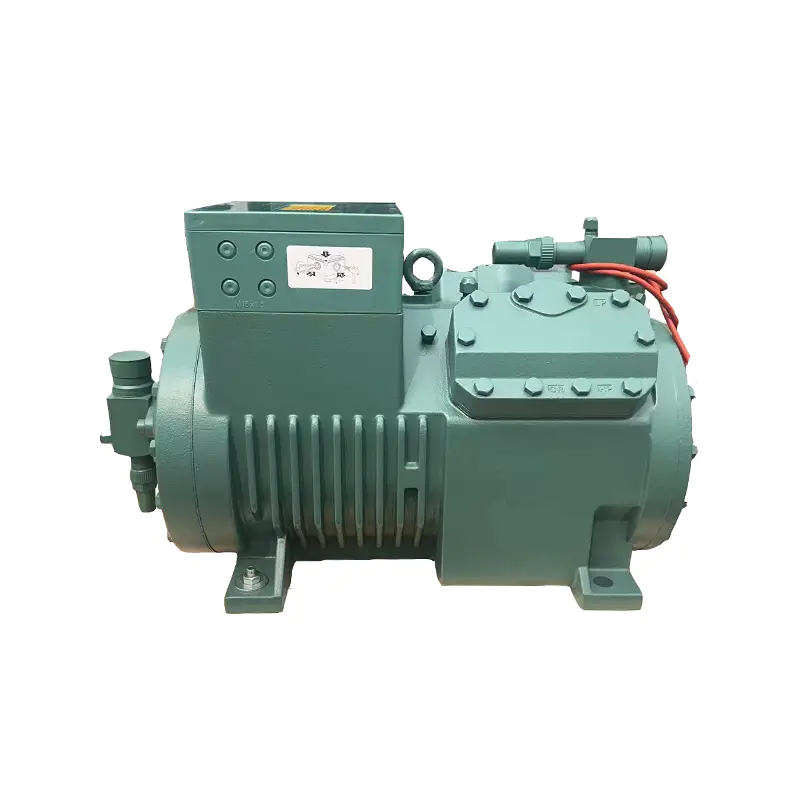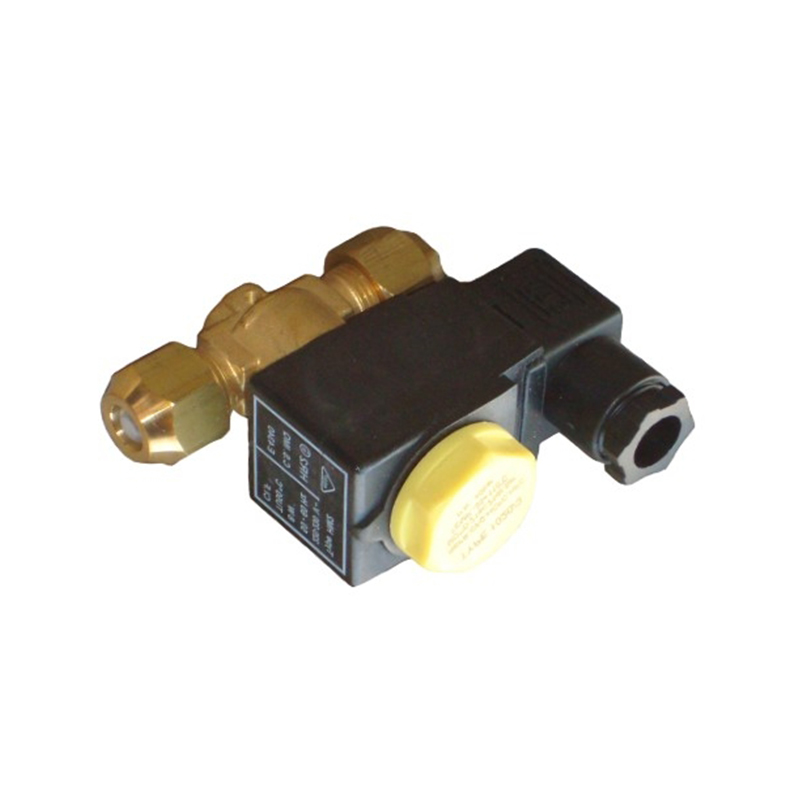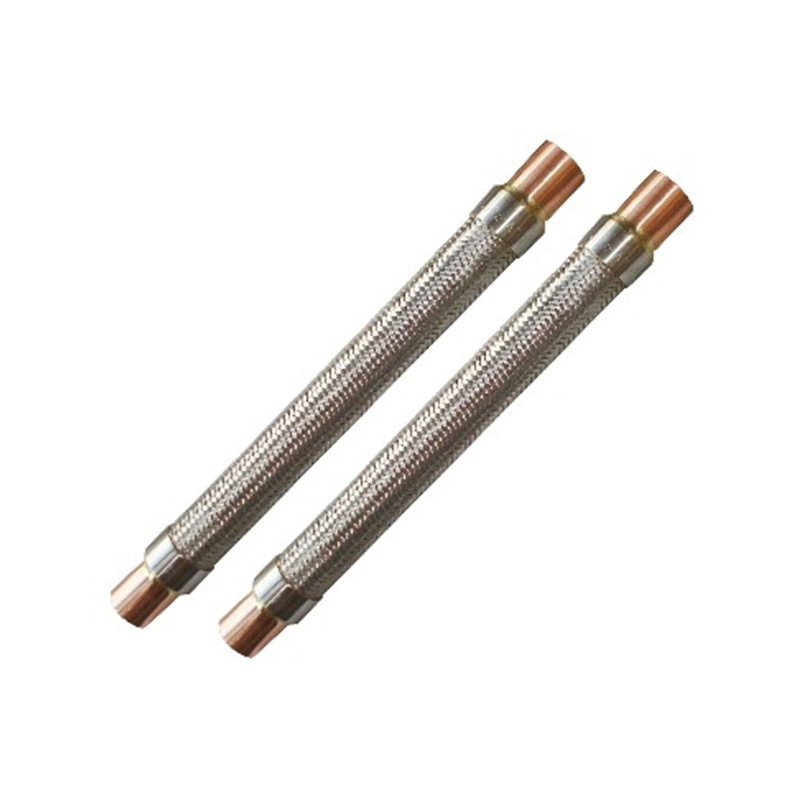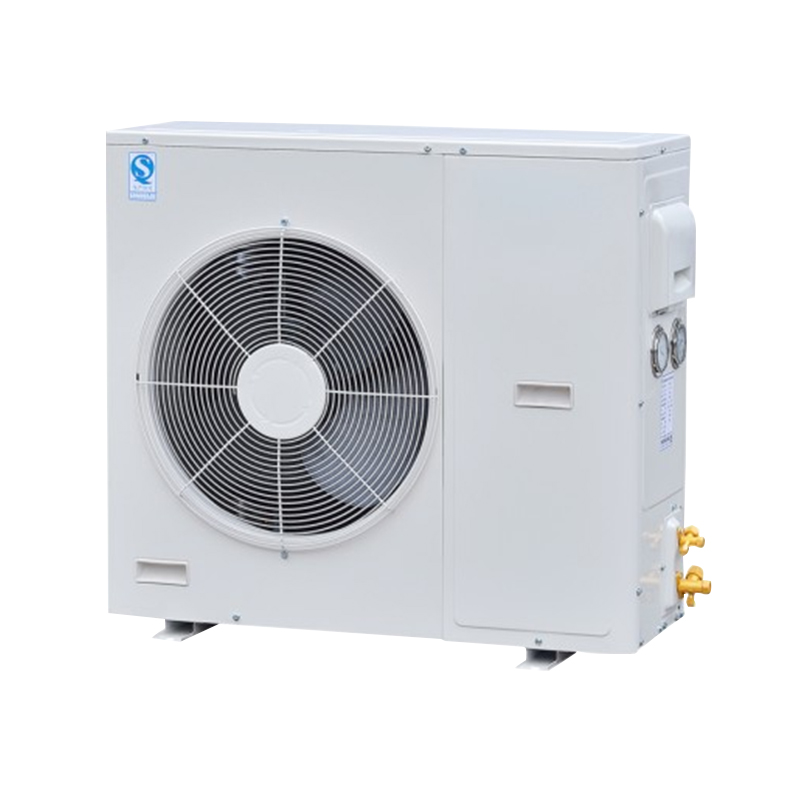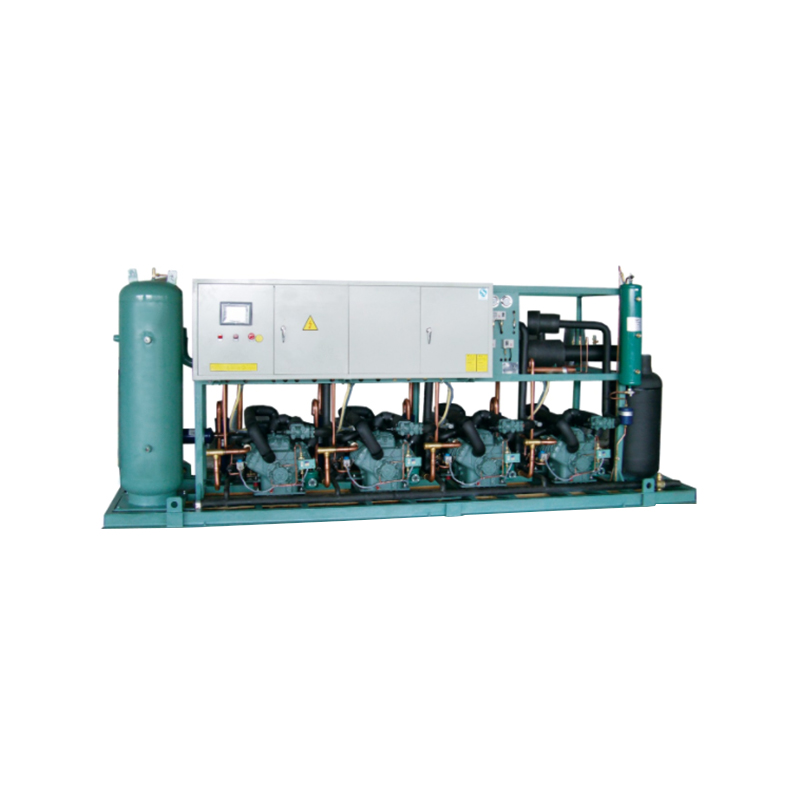Content
Common HVAC Equipment Failures
HVAC systems are prone to the following types of failures during long-term operation. Each type of failure can be quickly located and repaired using our strong R&D and after-sales teams.
1. Refrigerant Circulation Abnormality
Refrigerant leaks, excess or insufficient refrigerant lead to reduced cooling capacity, compressor startup difficulties, or overload.
This is common in box-type condensing units, screw units, and water-cooled/air-cooled condensers.
2. Compressor and Motor Failure
Excessive starting current, frequent overheating, bearing wear, or aging motor insulation.
This can affect the reliability of industrial chillers and cold storage cooling systems.
3. Heat Exchanger/Condenser Blockage
Dust accumulation and corrosion on the condenser fins or pipes can lead to poor heat dissipation and increased pressure on the high-pressure side.
This is common in D-series air-cooled chillers and double-sided outlet chillers.
4. Valve and Control System Malfunction
Stuck solenoid valves, inaccurate proportional valve adjustment, and sensor signal drift can cause temperature and pressure deviations. Significantly impacts the temperature control accuracy of constant temperature workshops and cold storage.
5. Pipe Leaks and Water Pump Failures
Cooling water pipe leaks, pump shaft seal failure, and abnormal pump speeds can lead to poor circulation.
How can HVAC equipment optimize the energy consumption of HVAC systems?
Paths to Optimizing HVAC System Energy Consumption
In terms of energy management, Zhejiang Brozer Refrigeration Technology Co., Ltd. helps customers achieve optimal energy consumption through the following measures:
1. Energy Consumption Simulation During the System Design Phase
Using building energy simulation software, we accurately predict the load of cold storage and constant temperature workshops, avoiding oversizing or undersizing when selecting equipment.
2. High-Efficiency Compressors and Variable Frequency Drives
Using low-temperature screw units and variable frequency speed controlled water-cooled/air-cooled condensing units, we achieve on-demand energy supply and significantly reduce operating power.
3. Intelligent Control and Fault Detection (FDD)
Deploy a big data-based fault diagnosis platform to monitor key parameters such as temperature, pressure, and power in real time, providing early warnings and automatically adjusting operating points.
4. Optimize Piping and Fan Systems
Optimize duct layout through CFD analysis to reduce fan resistance; use high-efficiency variable frequency fans to reduce fan power consumption.
5. Regular Maintenance and Energy Efficiency Assessment
Establish annual energy efficiency audits. In conjunction with the company's professional maintenance team, conduct routine inspections of condenser cleaning, refrigerant charging, valve calibration, and other procedures.

